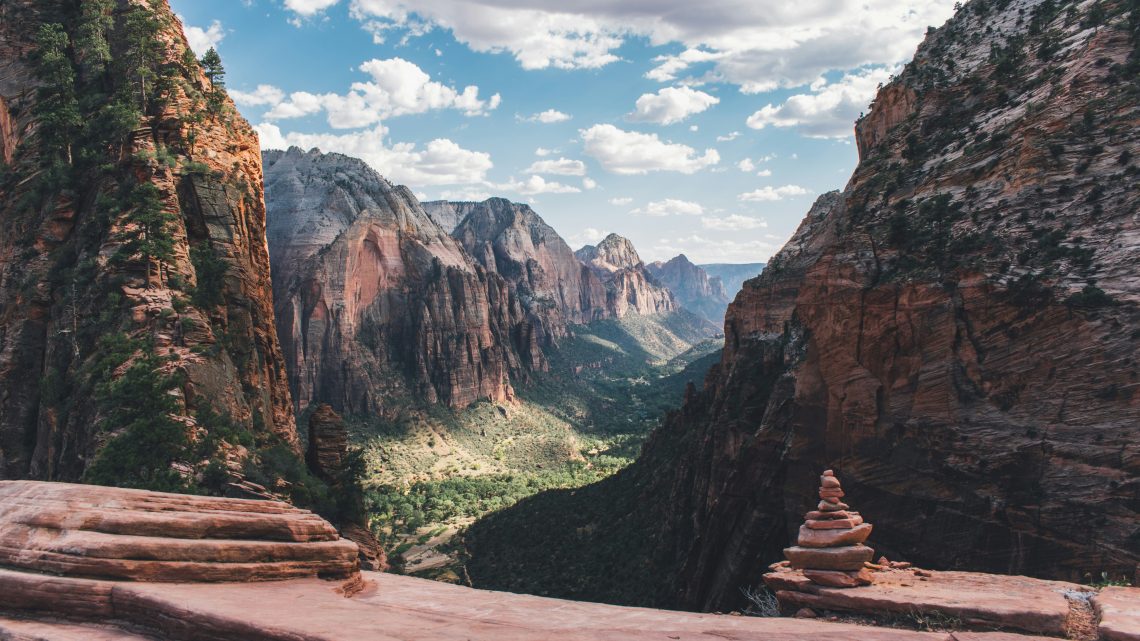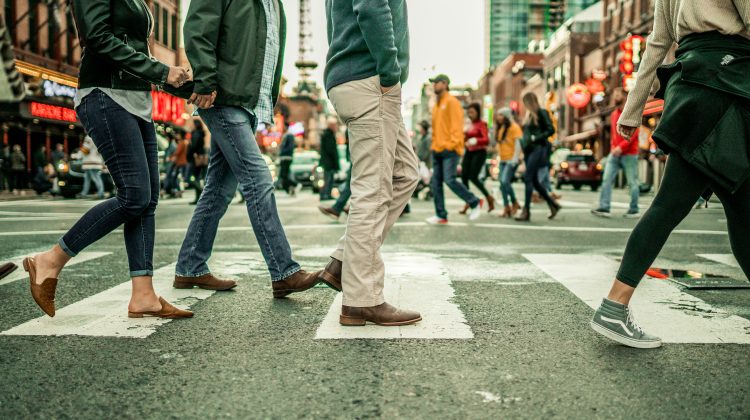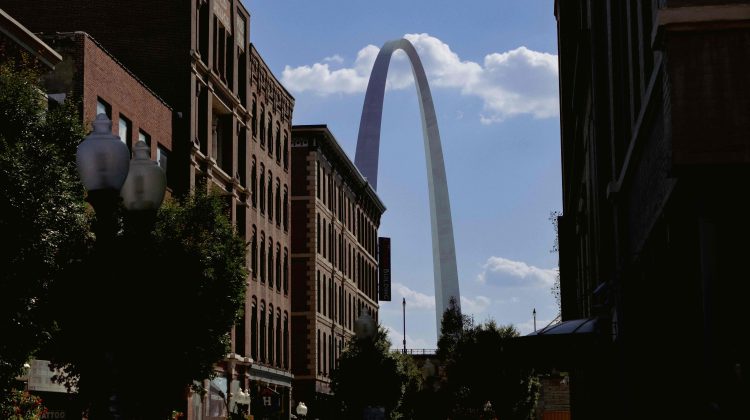Zion National Park is one of the most popular national parks in the United States. Every year, millions of visitors explore Zion National Park, but accidents are not uncommon. According to the National Park Service, the park sees multiple fatalities annually due to falls, heatstroke, and flash floods.
Zion National Park’s Terrain and Challenges
Zion National Park is known for its towering cliffs, deep canyons, and winding rivers. The park covers over 200 square miles, with trails that range from easy walks to extreme hikes. Some of the most famous spots, like Angels Landing and The Narrows, attract thousands of visitors each year.
However, the park’s beauty also hides dangers. Many trails involve steep drop-offs, loose rocks, and narrow paths. Sudden weather changes, such as flash floods or extreme heat, can make conditions even more dangerous. People who are not prepared for these challenges can quickly find themselves in life-threatening situations.
Common Causes of Death in Zion National Park
Many fatalities in Zion National Park happen because visitors underestimate the risks. Here are the most common causes of death:
Falls from Heights
One of the biggest dangers in Zion is falling. Trails like Angels Landing have steep cliffs with little room for error. Even though there are chains to hold onto in some areas, one wrong step can be deadly. Falls have been a leading cause of death in the park, with several hikers losing their lives over the years.
Drowning
Zion has many rivers and slot canyons where water levels can rise quickly. Some visitors drown after getting caught in strong currents or flash floods. The Narrows, one of the park’s most famous hikes, requires walking through the Virgin River. If a sudden storm happens upstream, the water can rise rapidly, making it impossible to escape.
Heat-Related Illnesses
Summers in Zion can be extremely hot, with temperatures reaching over 100°F (38°C). Many visitors are not used to hiking in such heat and may not bring enough water. Dehydration, heat exhaustion, and heatstroke can be deadly. People who hike long trails without proper preparation risk serious health problems.
Flash Floods
Flash floods are one of the most dangerous threats in Zion, especially in narrow canyons. These floods can happen without warning, even if the sky is clear. Rain from miles away can send a rush of water through the canyons, sweeping away anything in its path. Many visitors have been trapped and drowned because they did not check the weather or recognize the warning signs. To keep up to date with the weather, the National Weather Service provides real-time warnings to help visitors avoid these deadly events.
Medical Emergencies
Some fatalities in the park happen due to medical conditions. Heart attacks, strokes, and other health problems can become deadly when they happen far from help. The park’s rugged terrain makes it hard for rescuers to reach people quickly. Visitors with existing health conditions should take extra precautions before hiking.
Notable Fatal Incidents in Zion National Park
Over the years, there have been many tragic deaths in Zion. According to a detailed report on fatalities in Zion National Park, several incidents highlight the risks visitors face:
- In 2019, a 19-year-old hiker fell to his death while trying to reach Angels Landing. He slipped on a steep section of the trail and did not survive.
- In 2021, a California woman died while hiking The Narrows. She and her husband got caught in cold water overnight, and she was found dead the next morning.
- Flash floods in 2015 killed seven hikers in Keyhole Canyon. They were trapped by rising water and could not escape.
These incidents show how quickly things can go wrong in the park. Even experienced hikers can find themselves in danger.
Safety Tips for Visitors
While Zion National Park has risks, visitors can take steps to stay safe. Here are some important safety tips:
Plan Ahead
- Research trails before you go. Know the difficulty level and risks.
- Check the weather forecast, especially for rain or extreme heat.
- Bring enough water and snacks to stay hydrated and energized.
Be Cautious on High Trails
- Stay on marked trails and follow safety signs.
- Hold onto chains and railings when available.
- Do not hike dangerous trails if you are afraid of heights or not in good shape.
Watch for Flash Floods
- Avoid slot canyons if rain is in the forecast.
- Check for park warnings about flood risks.
- If water starts rising quickly, get to higher ground immediately.
Protect Yourself from the Heat
- Start hikes early in the morning to avoid the hottest part of the day.
- Drink plenty of water and take breaks in the shade.
- Wear a hat, sunglasses, and lightweight clothing.
Know Your Limits
- If you feel tired, dizzy, or unwell, stop and rest.
- Do not take risks for the sake of a good photo.
- If hiking alone, let someone know your plans.
Zion National Park is a beautiful but dangerous place. Every year, people lose their lives due to falls, floods, heat, and other accidents. However, by understanding the risks and taking safety precautions, visitors can greatly reduce their chances of injury or death.
Exploring Zion can be an unforgettable experience, but safety should always come first. Whether you are hiking Angels Landing, wading through The Narrows, or simply enjoying the scenery, being prepared and aware of potential dangers is the key to a safe and enjoyable visit.




No Comment